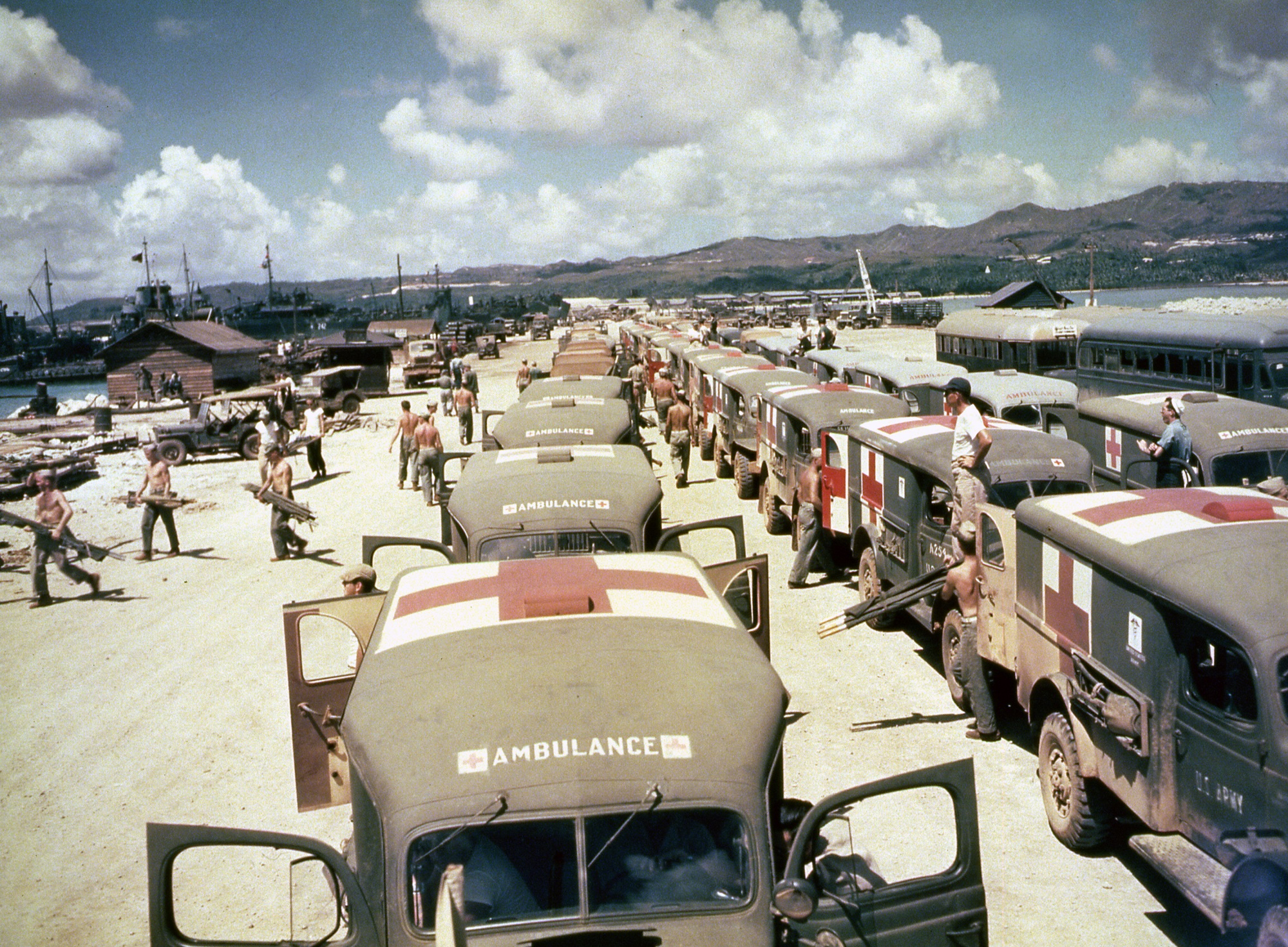In March of 1945, as the end of the Second World War was nearing, the US attacked the island of Okinawa. Capturing Okinawa was vitally important as it would serve as a staging ground for the eventual invasion of Japan itself. The fight was one of the most ferocious and bloody battles of the entire war. The battle resulted in 240,000 deaths, including 150,000 civilians. The Japanese waged a desperate fight, drafting Okinawan civilians into combat and sometimes using them as human shields.
The Japanese mobilized over 200 students from women’s schools into a nursing unit in the Imperial Japanese Army to help tend to the wounded. The girls worked in atrocious conditions, and many were killed in the crossfire. They would become known as the Himeyuri students.
The brutality of the Battle of Okinawa
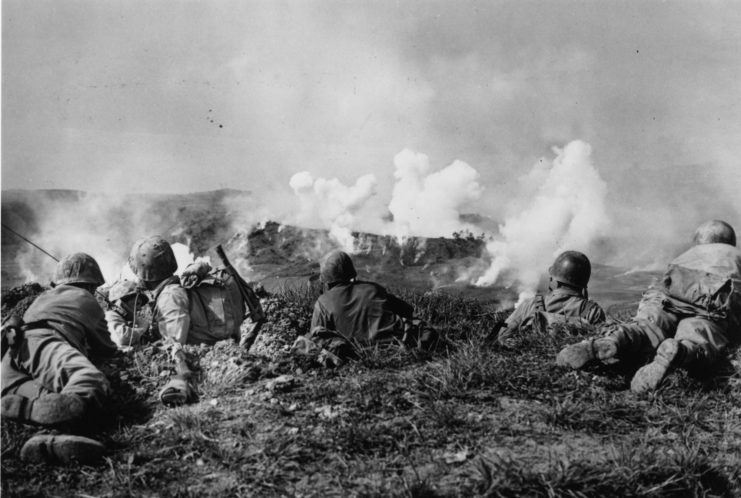
The US invasion of Okinawa was the largest amphibious assault of the entire Pacific Theater, and would quickly devolve into a vicious bloodbath the likes of which have rarely been seen in modern combat.
After years of war, both sides had witnessed unspeakable horrors while the consistent brutality of Japanese forces had taken its toll on US troops. In this deadly clash in the Pacific, both combatants gave it their all.
The Japanese employed civilians to fight and as human shields, launched huge numbers of kamikaze attacks and fought until the bitter end. Difficulties in distinguishing civilians from soldiers meant US forces often fired on civilians unknowingly. By the time the battle was over, only half of Okinawa’s pre-war civilian population of 300,000 was left. Those who remained suffered from starvation, as Japanese forces claimed their food for themselves.
To help fight the Americans, the Japanese ordered almost 1,800 schoolboys aged 14 to 17 into combat. Many of them were used as suicide bombers and only around half survived the battle.
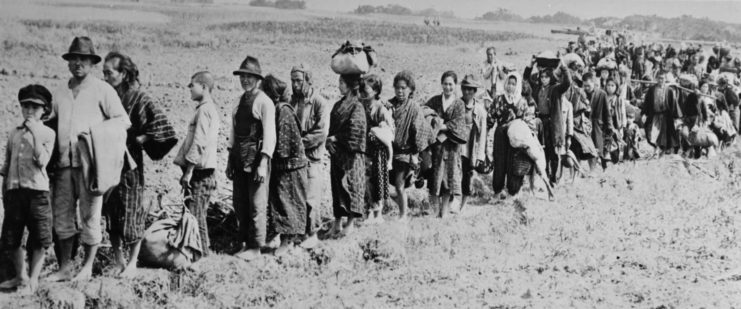
The Japanese also spread false information among the Okinawan population that warned of the barbaric and inhumane treatment they would endure at the hands of US soldiers. These fears resulted in a high number of suicides, which were actively encouraged by Japanese troops who even provided them with the necessary means to do so.
When the battle was over, many Okinawans were surprised at the good treatment they received from the Americans.
Himeyuri students
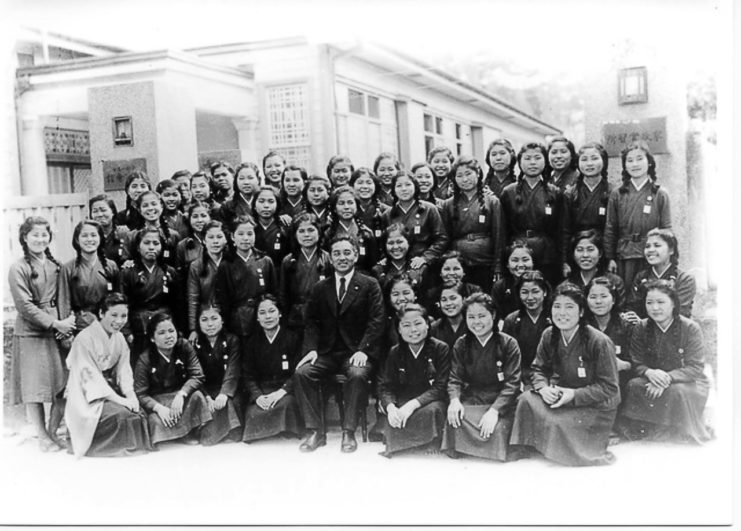
In March 1945, 222 students and 18 teachers from the Okinawa Daiichi Women’s High School and Okinawa Shihan Women’s School were incorrectly informed by the Japanese that they would begin working in Red Cross hospitals. Additionally, they were falsely told that the war against the US would be won easily and that they would be working far away from any fighting.
The students expected to return to their studies once their service with the Japanese had ended and even brought their school supplies and uniforms with them in preparation for this return.
Unfortunately, this was not to be.
The students were actually deployed to the frontlines, serving in make-shift field hospitals built in the island’s caves. In these horrendous conditions, the students performed primitive surgeries and amputations on wounded soldiers. Some were tasked with resupplying frontline forces while others transported and buried the dead. This continued for almost the entire three-month duration of the battle.
By mid-June, the now-malnourished students were still working in damp, disease-ridden caves packed with the bodies of dead civilians and soldiers. However, the battle was nearing its end and with the Japanese defeat imminent, the students were allowed to go home, despite the ferocious battle still raging on all around them.
It was during this time that many of the students were killed, caught in the crossfire between American and Japanese bullets. Five teachers and 46 students were accidentally killed by a US white phosphorous attack intended for Japanese forces while attempting to shelter from the battle.
80% of the students and teachers died after they were sent home. A number of them committed suicide due to fears of harsh US treatment.
Once the battle was over, 211 out of 222 students had been killed, while just 2 teachers out of 18 remained.
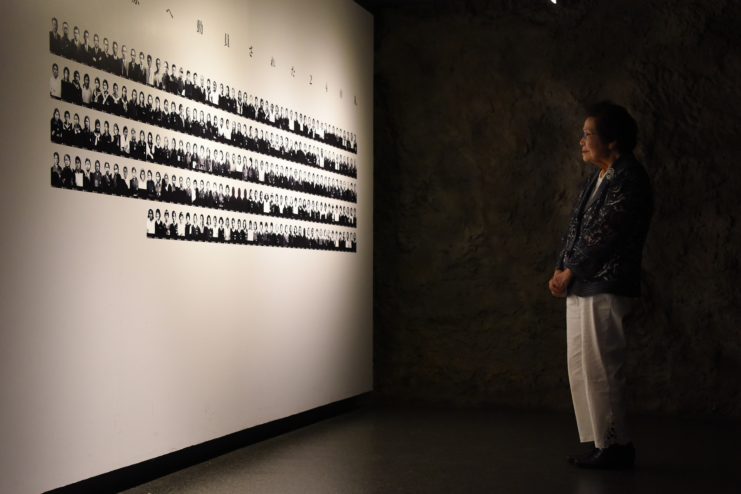
After WWII had ended, the Himeyuri Monument, which contains the name of every Himeyuri student that was killed during the Battle of Okinawa, was erected in their memory.
A number of Himeyuri students are still alive today.
